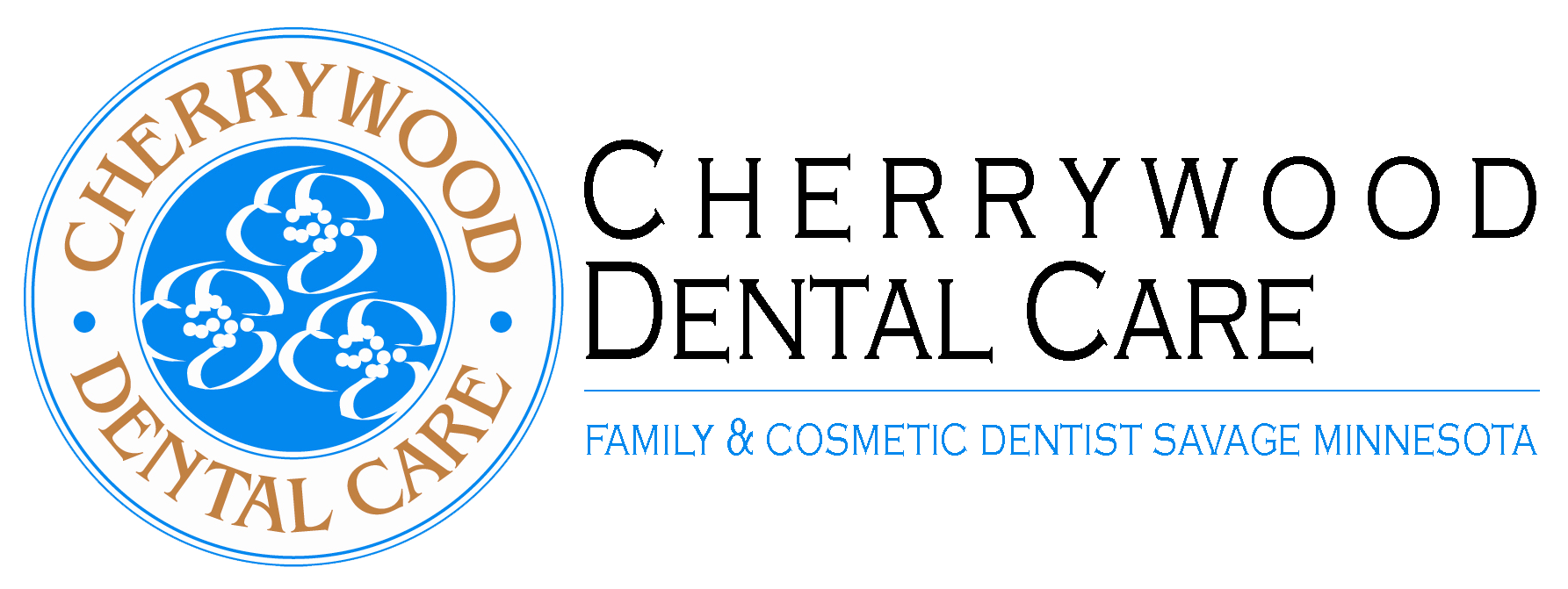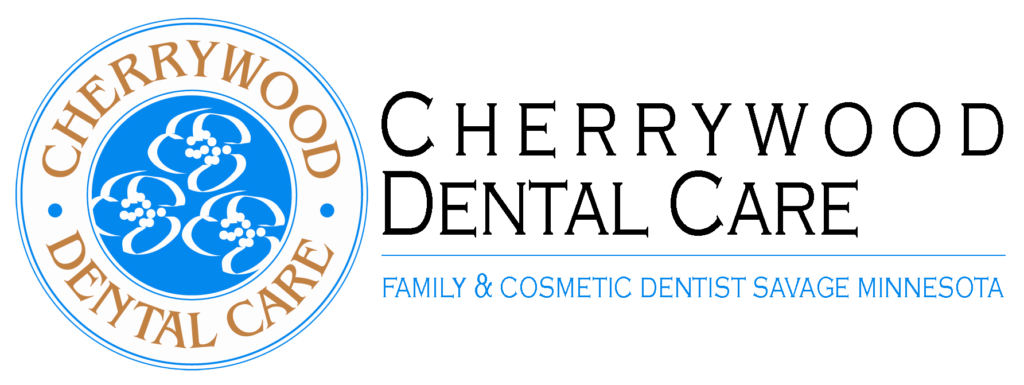Emergency Dentist for Children
Mouth injuries are very common among children, especially active children who like physical play. Therefore, it is important for parents to have a basic understanding of emergency dental care for children, which can help prevent permanent dental problems later in life. The first step toward addressing a dental emergency is determining whether it is, in fact, an emergency. First, check for bleeding in the mouth. If the mouth is bleeding, apply pressure to stop the bleeding. Make sure the wound is clean, and try to determine its severity. Definitely plan to take the injured child to the dentist, or to the doctor, as soon as you can.
If a child’s adult, or permanent, tooth has been knocked out, find the tooth and pick it up, being very cautious not to touch the tooth’s root. Clean the tooth off and place it in your child’s mouth, to maintain its moisture and increase the likelihood that the dentist will be able to reattach the tooth. It is recommended that you bite down on damp gauze or a wet tea bag to apply pressure and hold the tooth in place. If the tooth won’t stay in place, put it in a small cup filled with milk, salt water, or the saliva of the owner of the tooth, to keep the root moist. Even if it seems that the tooth itself is broken or damaged, bring it with you to the dentist, who will decide whether it can be repaired. If a child loses a baby tooth due to injury or impact, the dentist will determine whether or not the tooth should be reimplanted. This decision is based on multiple factors, including your child’s age, the development of teeth, and the condition of the tooth itself.
The best way to prepare for a dental emergency if you have active children is to assemble an emergency dental care kit. This should resemble a traditional first aid kit, but with added materials that will help you address dental injuries. According to the National Institutes of Health, a dental first aid kit should contain gauze, a small cup, mouthwash, a cold compress, and a container and solution in which to store a tooth while waiting to see the dentist. The dental first aid kit should be placed near your regular first aid kit, preferable somewhere easy to locate and access for ready use. Quick response on your part can help prevent permanent oral damage for your child. Even if you determine that a visit to the dentist isn’t necessary, keeping and using a dental first aid kit should become a household habit. Remember that any time your child experiences trauma to the face, it’s advisable to consult a dentist to make sure teeth haven’t been loosened or sustained other damage. Prompt medical attention can prevent future problems from arising. If a tooth has been knocked out, it is imperative to see the dentist immediately, to control bleeding, prevent infection, and to begin to address the issue of reimplanting or repairing the tooth.
More on Emergency Dentistry : Emergency Dentist Tooth Extractions

